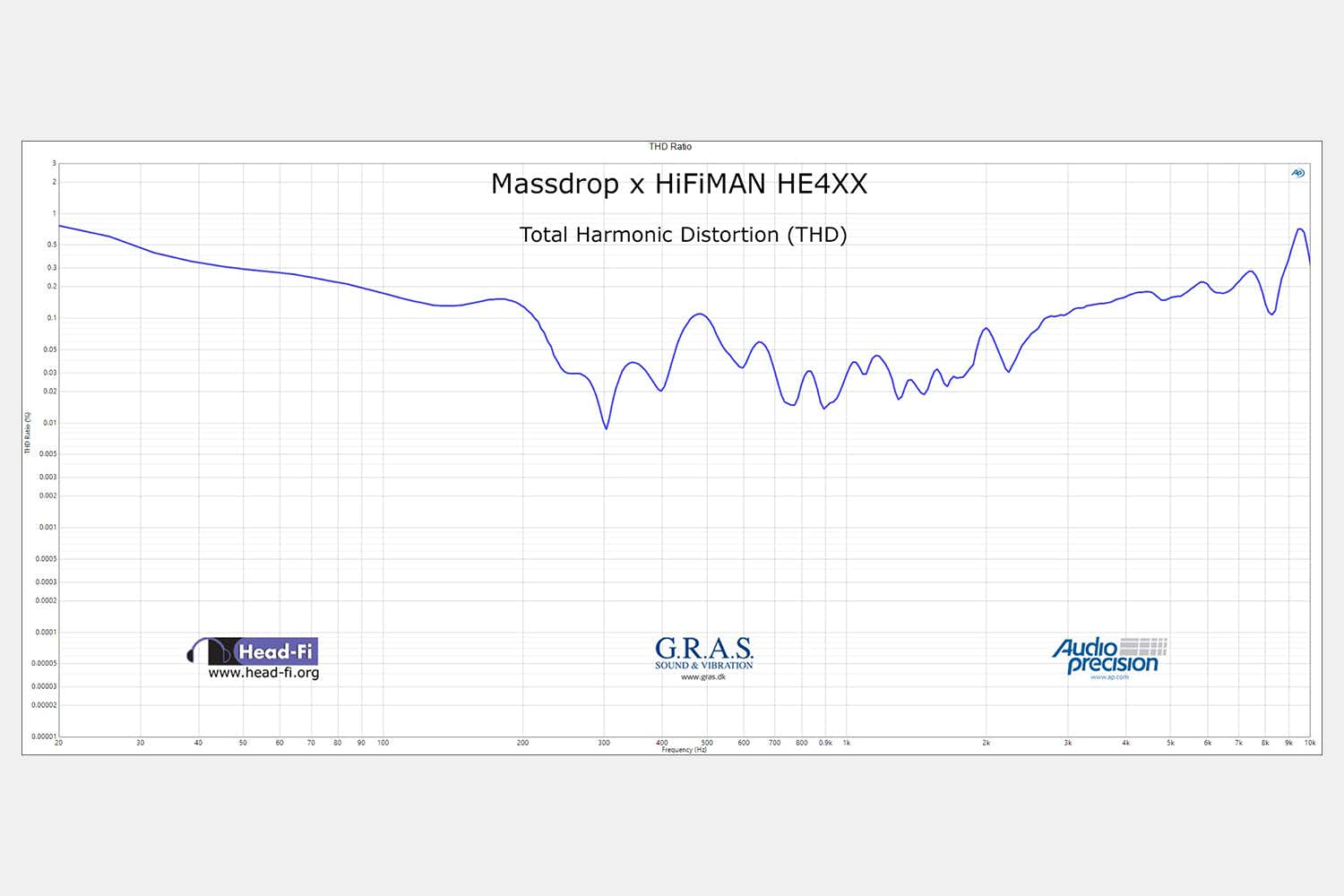This is a review and detailed measurements of the Hifiman Sundara planar magnetic open back headphone. It was kindly sent to me by one of their retailers,
Apos Audio and costs US $349.
The Sundara looks elegant and no less so than higher up in the line from Hifiman:
View attachment 124233
The cups don't swivel. That, and being new made for slightly uncomfortable feeling around my ears. The weight is inline with other headphones in this class at 390 grams. The cup is round and has inside diameter of 59 mm and depth of 18 mm.
The included cord is short and comes with right angle connector. It has a nice (silicon?) insulator. It did not seem microphonic to me.
Note: The measurements you are about to see are preformed using
standardized GRAS 45CA headphone measurement fixture. Headphone measurements require more interpretation than speaker tests and have more of a requirement for subjective testing as a result. In addition, comparison of measurements between different people performing it using different configurations requires fair bit of skill. So don't look for matching results. Focus on high level picture. Listening tests are performed using
RME ADI-2 DAC and its headphone output.
Mounting the headphone on the test fixture was super easy requiring no manipulation to get left and right to match at dual frequencies.
Hifiman Sundara Measurements
As usual, we start with our stereo frequency response measurements:
View attachment 124234
I like the near compliance with preference curve form upper bass to lower treble. The former though as you can see, droops as many headphones do. The peaks above 5 kHz also exceed our target which you can better see in a relative graph:
View attachment 124235
There is a bit of shortfall around 2 kHz as well which I tend to like! No, it is not good that way but it means that once I compensate for it, it should open the sound more.
Distortion shows little unexpected other than something going on between 6 and 7 kHz:
View attachment 124236
View attachment 124237
This is much better than
Hifiman Ananda:
Group delay shows the typical messiness we see in mid-frequencies which seems to have a role in (good) spatial effects:
View attachment 124238
Impedance is flat at 40 ohm meaning you need current more than voltage to drive the Sundara:
View attachment 124241
Efficiency is slightly below average:
View attachment 124242
Hifiman Sundara Listening Tests
I had been listening to my
AKG K371 for a few hours before swapping it with Sundara. The difference was startling in how open and expansive the sound became with Sundara. Alas, I quickly realized there is no sub-bass being produced. And sound signature was a bit bright and over exaggerated at the top. So out came the EQ tool:
View attachment 124244
Oh wow! The transformation was dramatic. Sub-bass came into play like nobody's business. Even at lower volumes I could feel the nice vibrations in my head!

The notch filter took care of the highs being exaggerated and a bit harsh. And the fine but broad filter around 2.1 kHz helped the spatial qualities improve even more. Overall tonality now was warm with tons of detail especially in string instruments. Very lovely.
As a verification, I asked my son to come over and without looking at the measurements and EQ, listen to the headphone plain and then with EQ I had built above. After about half hour of listening he said there was no sub-bass and the there was something missing in the sound. With EQ he found the sound to be much improved causing him to say he likes it. So good correlation with my findings.
Conclusions
We have had a checkered history with Hifiman so far with
HE-6 performing very well and the
Ananda, not so much. It is nice to discover that Sundara, despite its much lower price than either two, brings a competent implementation to the table. Objectively we miss the bass by a mile but otherwise, compliance to our target is very good. Distortion while not best in class, is kept much more under control than Ananda. Likely the smaller driver is able to be much more optimized here.
Without EQ, I would not be a buyer as I love my deep bass response and highs that are a bit more sedated. With EQ, the Sundara transforms beautifully providing excellent spatial effect with respect to instrument and channel separation while providing the deep bass response that I crave.
I am happy to give a strong recommendation to Hifiman Sundara with equalization.
------------
As always, questions, comments, recommendations, etc. are welcome.
Any
donations are much appreciated using
: https://www.audiosciencereview.com/forum/index.php?threads/how-to-support-audio-science-review.8150/

